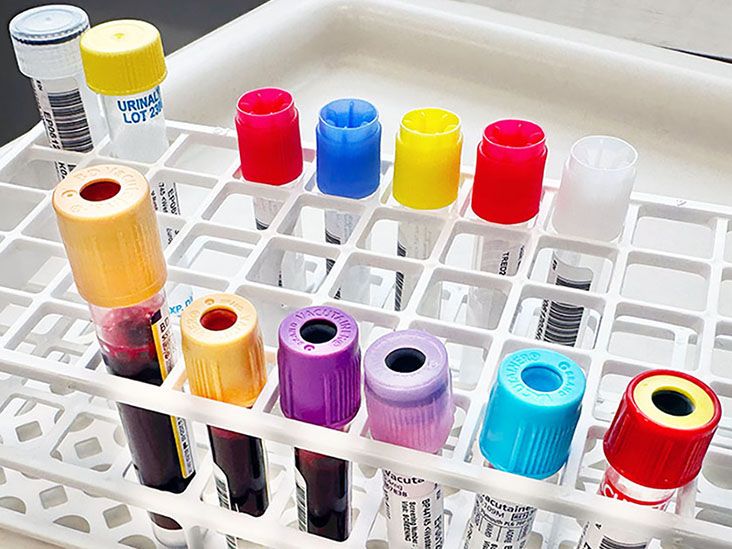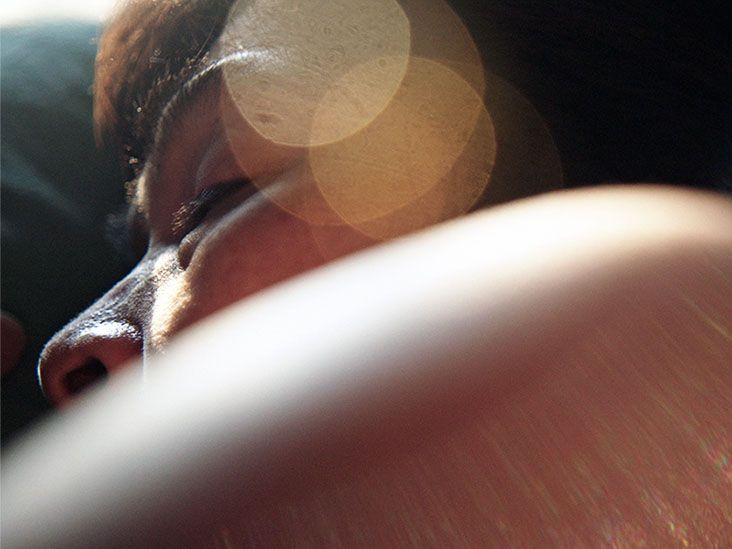A person with convergence insufficiency has trouble getting the eyes to work together to focus on an object, resulting in difficulty with close-up tasks.
Researchers do not know what causes the condition. However, it could be related to brain injury. Special exercises or prism glasses may help to treat a person with convergence insufficiency.
In this article, we examine convergence insufficiency and its causes. We also look at the signs and symptoms of the condition and the treatment options.

Convergence means both eyes turning inward to focus on a near object and turning it into one unified image. Usually, brains automatically trigger convergence as visual objects come closer.
However, a person with convergence insufficiency has difficulty focusing on close-up tasks. This can impact their ability to pay attention, perform work tasks, and do schoolwork.
Young adults most commonly experience convergence insufficiency. Research suggests that around 1.7–33% of the population has the condition.
Convergence insufficiency affects as many as 1 in 8 children, equating to 13% of school-aged children.
A person with convergence insufficiency experiences vision problems when trying to do close-up activities such as reading, homework, and using a laptop or tablet.
While people are unaware that the eyes are not converging, they do experience symptoms. The condition commonly
- eye pain or eye fatigue
- blurred vision or double vision
- headaches
- difficulty concentrating
People may also lose their place or see words move around on a page while trying to read.
Signs that a child has convergence insufficiency may arise when they try to read or do close-up activities. Symptoms may include:
- squinting
- rubbing eyes
- closing one eye
The nerves that control the eye muscles
A majority of cases of convergence insufficiency have no identifiable cause. However, head trauma, such as concussion and brain injury, can result in this condition alongside other neurological conditions.
There are similarities between convergence insufficiency and ADHD. Some children may be misdiagnosed with ADHD when their difficulties result from convergence insufficiency.
Additionally, a groundbreaking 2005 study concluded that people diagnosed with ADHD should undergo evaluation for convergence insufficiency.
The researchers found that people with convergence insufficiency were three times as likely to have ADHD as people in the general population. Equally, they found that people with ADHD were three times as likely to have convergence insufficiency as people in the general population.
Ophthalmologists, optometrists, or orthoptists usually diagnose convergence insufficiency. They may make a diagnosis after taking a history of a person’s symptoms and checking their ability to turn both eyes inward to look at an object up close.
An eye specialist explores whether a person:
- can see clearly
- has any problems with their eye muscles
- finds it difficult to focus on close-up objects
They also ask the person to complete particular tests to work out their:
- Near point of convergence: How far away from their face they can hold their eyes together without experiencing double vision.
- Fusional vergence amplitude: The amount of prism they can tolerate while still being able to converge and preserve a single image.
- Exodeviation: The amount of prism they can tolerate before one eye turns out, close-up, and at a distance.
Doctors
Convergence exercises may include:
- Gradual convergence exercises: A person focuses on a small target far from their face to get both eyes to create one clear picture and then slowly moves the target toward their nose, maintaining the clear picture.
- Convergence cards: A person holds a convergence card towards the bridge of their nose while focusing on the farthest away dot or circle on the card. They then gradually move their eyes to a closer point of focus.
- Stereogram: A card with two similar pictures separated on the horizontal axis. The person brings their eyes together at a point in front of the card, which creates a third superimposed image combining the two initial pictures.
- Vergence facility exercises: People rapidly switch their gaze from a close-up target to a far-away target.
- Base-out prism exercises: A person brings their eyes together to overcome a prism causing double vision and create a single clear picture using both eyes.
- Computer-based convergence exercises: Random dot stereograms produce images. A person must focus both eyes on the same target to stimulate the vergence system, a visual response that causes the eyes to move independently. The computer program makes tasks progressively harder to monitor a person’s progress.
Corrective prisms are a second-line treatment after eye exercises.
Some people may
If prism glasses do not work, doctors may recommend surgery to help strengthen the eye muscles. However, this is
Convergence insufficiency responds well to treatment at home. However, standard eyeglasses and other regular eye treatments do not work for the condition.
Treatment can improve a person’s vision. However, it may take at least
Treating convergence insufficiency of an unknown cause with convergence exercises has a 70–80% success rate. Most people stay free of symptoms 1 year after stopping treatment.
If a person does not get enough sleep, does several activities that involve close-up focusing, or has been sick, their symptoms
If children younger than 7 years of age do not receive treatment, this condition may cause:
- amblyopia, a lazy eye
- strabismus, an eye turn
- suppression, the brain switches off one eye, so the person loses two-eyed vision and depth perception
For people with convergence insufficiency, the eyes struggle to come together to focus on an object close up, making tasks such as reading and using a laptop difficult.
It can cause symptoms such as eye pain and fatigue, and headaches.
People diagnosed with convergence insufficiency may benefit from performing daily eye exercises, wearing corrective prism glasses, or, rarely, eye muscle surgery.


